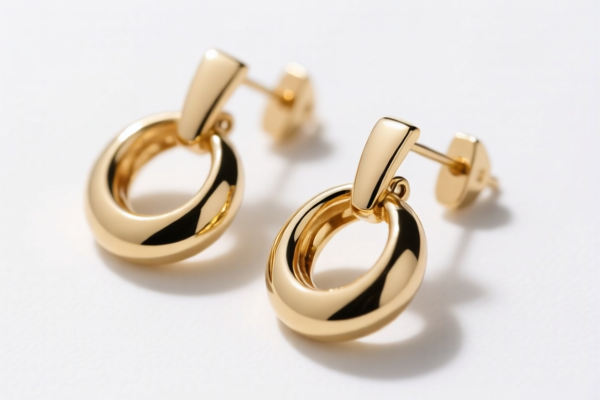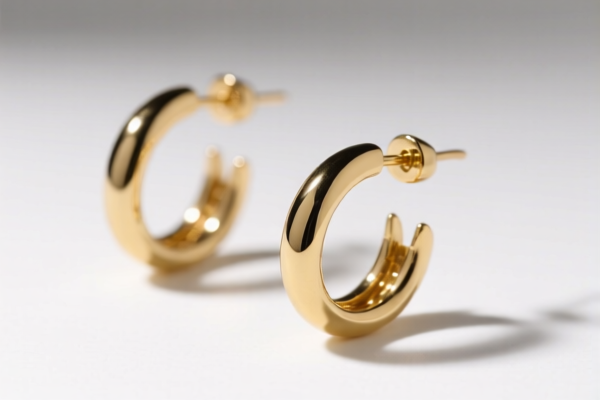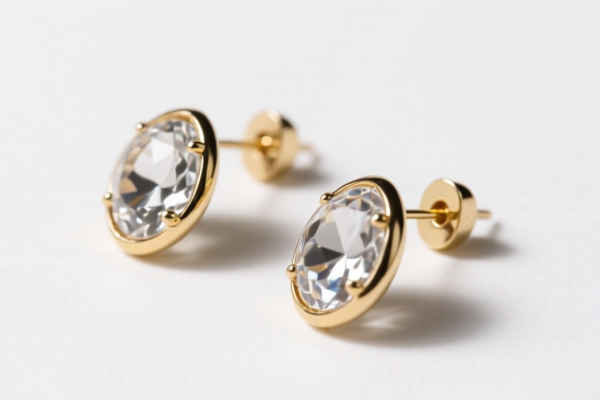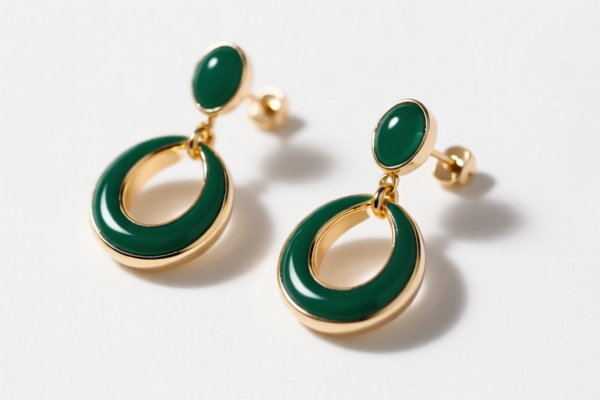| HS Code | Official Doc | Tariff Rate | Origin | Destination | Effective Date |
|---|---|---|---|---|---|
| 7113193000 | Doc | 43.3% | CN | US | 2025-05-12 |
| 7113195045 | Doc | 43.0% | CN | US | 2025-05-12 |
| 7116200500 | Doc | 33.3% | CN | US | 2025-05-12 |
| 7116204000 | Doc | 48.0% | CN | US | 2025-05-12 |
| 9114904000 | Doc | 46.3% | CN | US | 2025-05-12 |
| 9114905000 | Doc | 41.7% | CN | US | 2025-05-12 |
| 9111907000 | Doc | 43.9% | CN | US | 2025-05-12 |
| 9111905000 | Doc | 1.6¢ each + 6.8%+37.5% | CN | US | 2025-05-12 |




Earring Back
An earring back (also known as an earring clutch, earring keeper, or post back) is a small component used to secure an earring to a piercing. It prevents the earring post from sliding through the ear and becoming lost, and keeps the earring in place.
Material
Earring backs are commonly made from a variety of materials, each with different properties:
- Metal: The most prevalent material. Common metals include:
- Stainless Steel: Durable, hypoallergenic for most, and relatively inexpensive.
- Sterling Silver: A popular choice, but can tarnish and may cause allergic reactions in sensitive individuals.
- Gold (various karats): Considered more valuable and less prone to tarnishing; higher karat gold is softer and more prone to bending.
- Titanium: Highly hypoallergenic and lightweight, suitable for sensitive ears.
- Niobium: Another hypoallergenic option, often used in body jewelry.
- Plastic: Typically used for children's earrings or for individuals with severe metal allergies. Less durable than metal backs.
- Rubber/Silicone: Offers a secure grip and is often used for screw-backs, particularly in active situations.
Purpose & Function
The primary purpose of an earring back is retention. It functions by creating friction against the earlobe to prevent the earring post from falling out. Different back types achieve this in various ways.
Usage Scenarios
Earring backs are used with post earrings – earrings with a straight post that goes through the ear piercing. They are essential for:
- Everyday wear: Maintaining earring security during normal activities.
- Active lifestyles: Preventing earring loss during exercise or other physical activity.
- Valuable earrings: Providing extra security for expensive or sentimental pieces.
- Sensitive ears: Utilizing hypoallergenic materials to minimize irritation.
Common Types
- Push Back (Friction Back): The most common type. It slides onto the post and is held in place by friction. Can loosen over time.
- Screw Back: Features a threaded post and a screw-on back. Provides the most secure hold, ideal for valuable earrings. Requires more effort to put on and remove.
- Laurel Back (Butterfly Back): A variation of the push back, resembling a butterfly. Offers a similar level of security as a standard push back.
- Locking Back: Features a mechanism that clicks into place on the post, providing a more secure hold than a push back.
- O-Ring Back: Uses a small rubber O-ring to create extra friction and prevent loosening.
- Flat Back (Post Stud Back): The back is integrated into the earring post itself, often used for minimalist stud earrings.
Earring Back Classification
Based on the provided information, classifying "earring back" requires careful consideration of the material and potential precious metal content. Here's a breakdown of relevant HS codes:
-
7113193000: This code covers Articles of jewelry and parts thereof, of precious metal or of metal clad with precious metal: Of precious metal whether or not plated or clad with precious metal: Of other precious metal, whether or not plated or clad with precious metal: Other: Clasps and parts thereof. This is applicable if the earring back is made of a precious metal (e.g., gold, silver, platinum) or is clad with precious metal. The tax rate is a base tariff of 5.8%, a surcharge of 7.5%, and a surcharge of 30% after April 2, 2025, resulting in a total tariff of 43.3%.
-
7113195045: This code covers Articles of jewelry and parts thereof, of precious metal or of metal clad with precious metal: Of precious metal whether or not plated or clad with precious metal: Of other precious metal, whether or not plated or clad with precious metal: Other: Other. This applies to earring backs made of precious or other metals, but not specifically clasps. The tax rate is a base tariff of 5.5%, a surcharge of 7.5%, and a surcharge of 30% after April 2, 2025, resulting in a total tariff of 43.0%.
Important Considerations:
- Material Verification: If classifying under 7113193000 or 7113195045, it is crucial to verify the composition of the earring back to confirm whether it qualifies as "precious metal" or "other metal."
- Tax Rate Changes: Be aware that the surcharge rates for both HS codes will change to 30% after April 2, 2025.
Customer Reviews
No reviews yet.